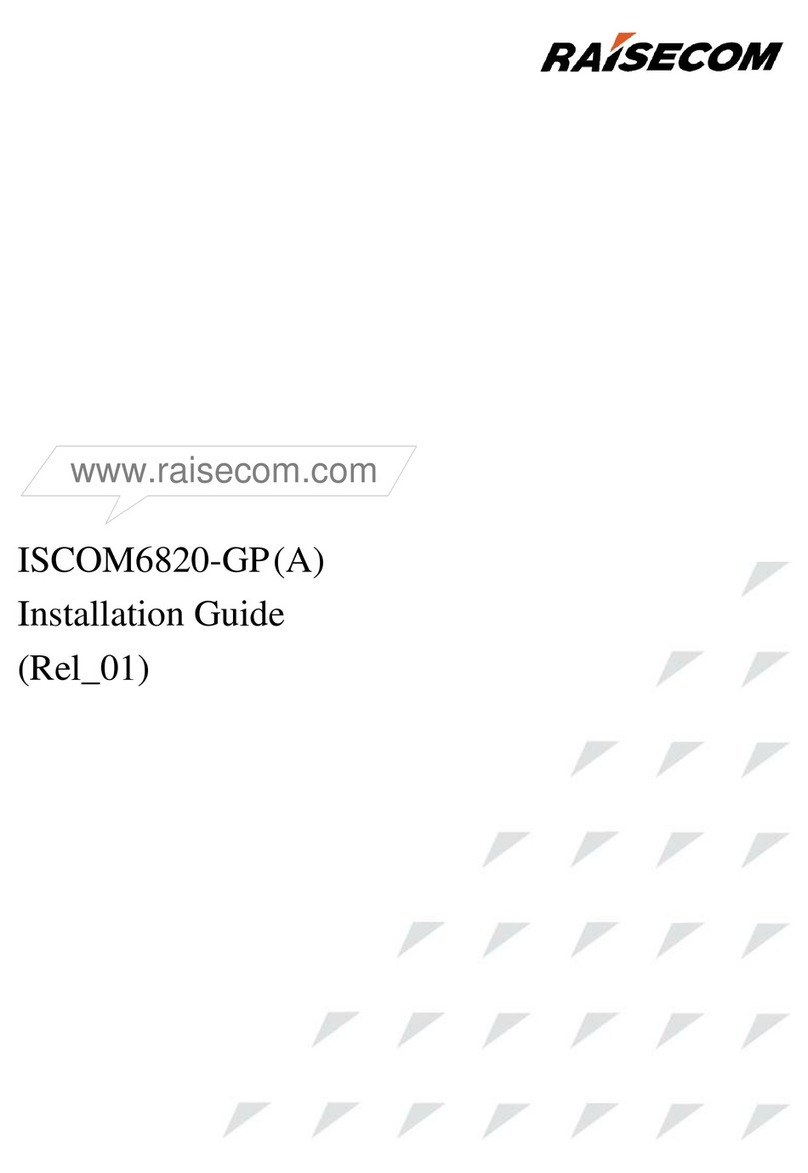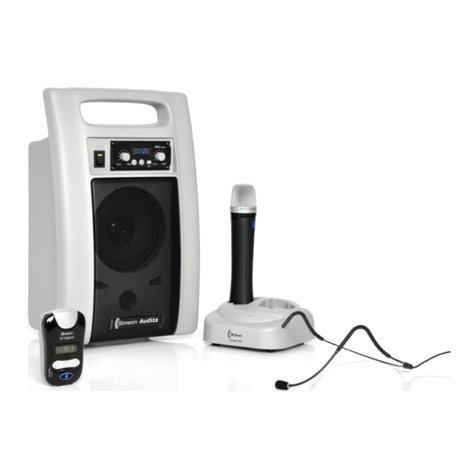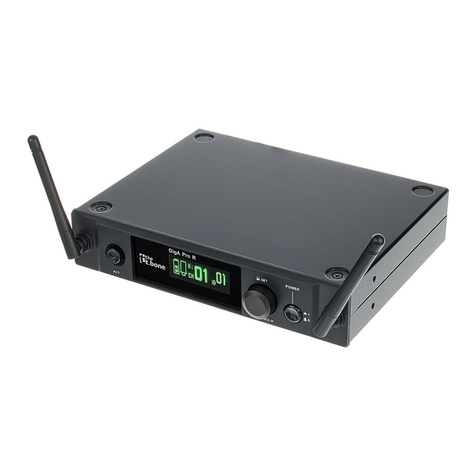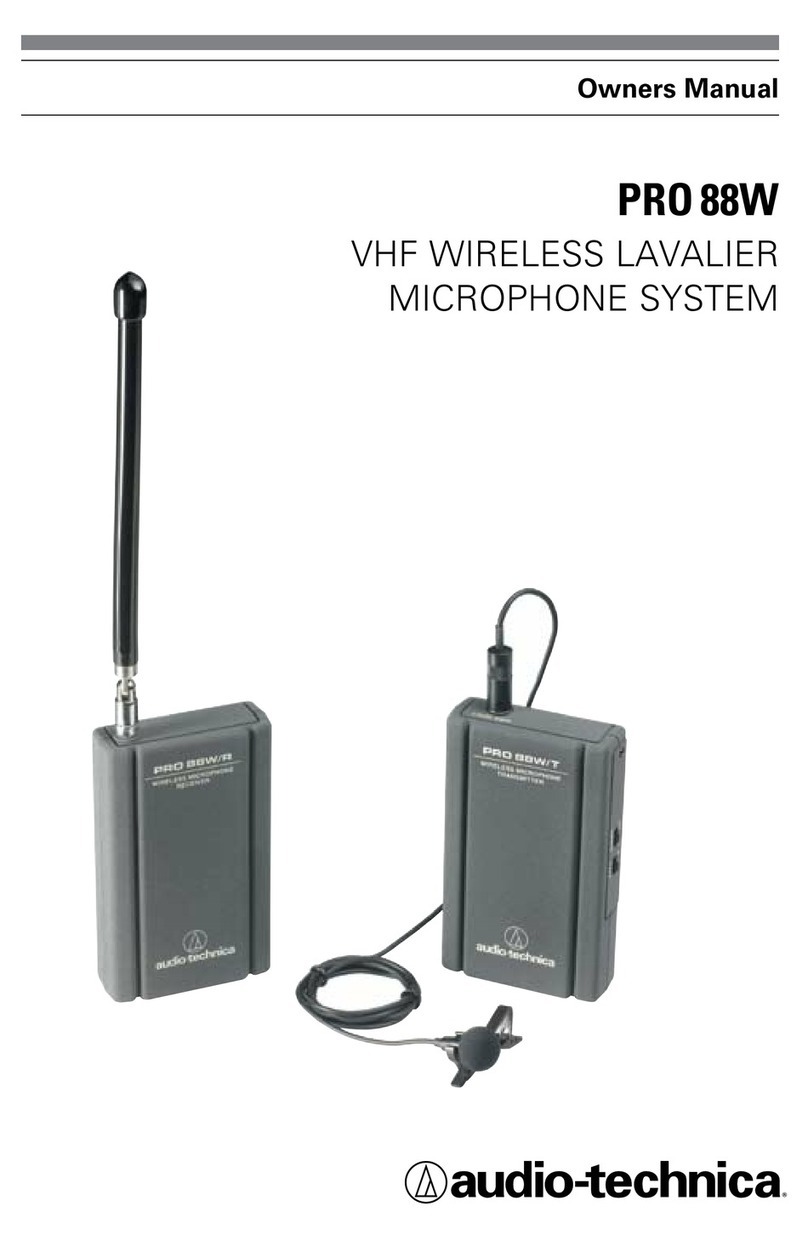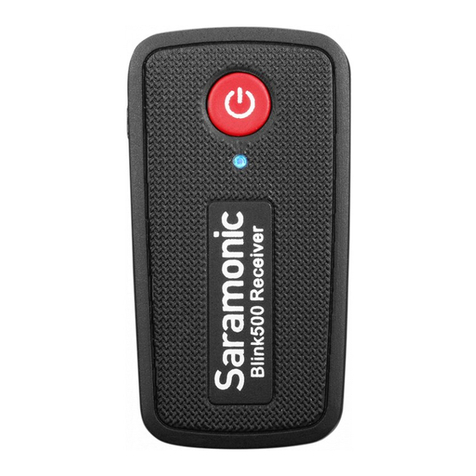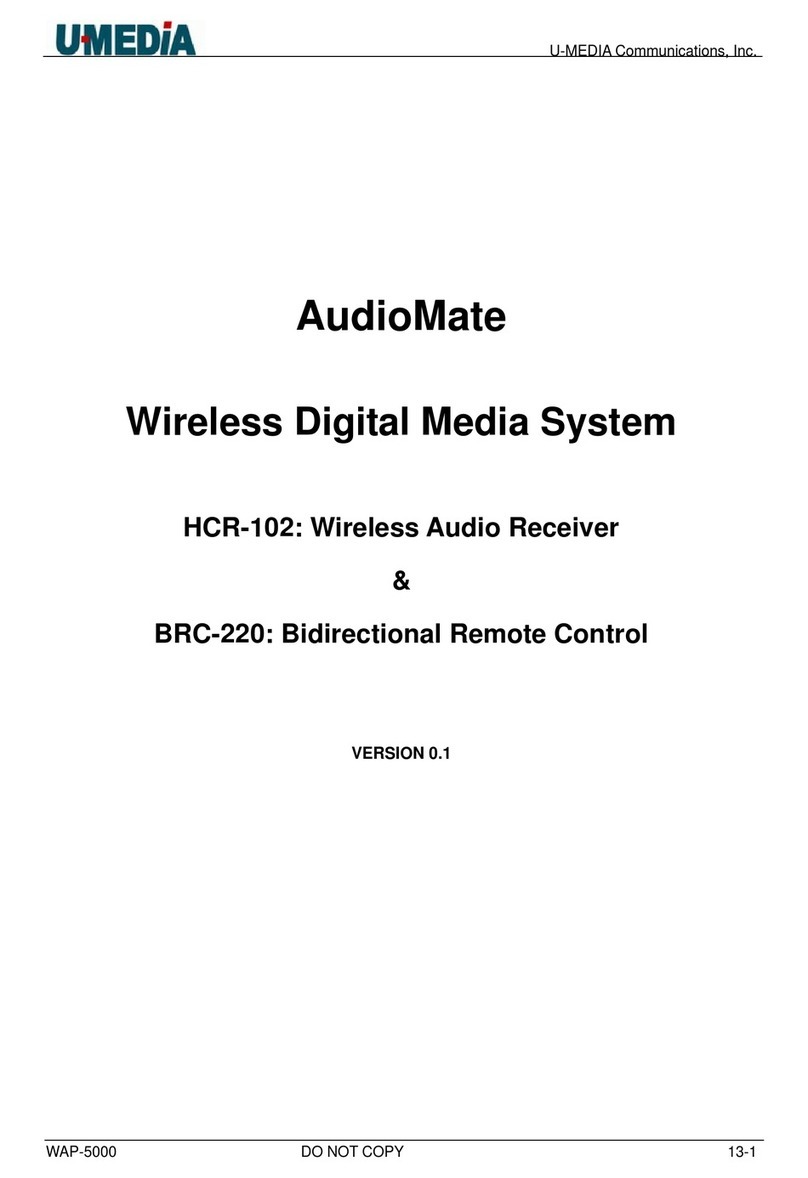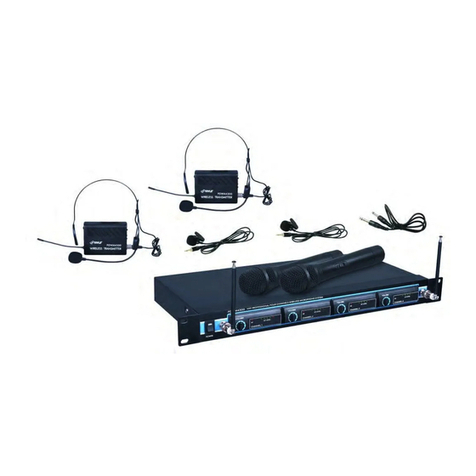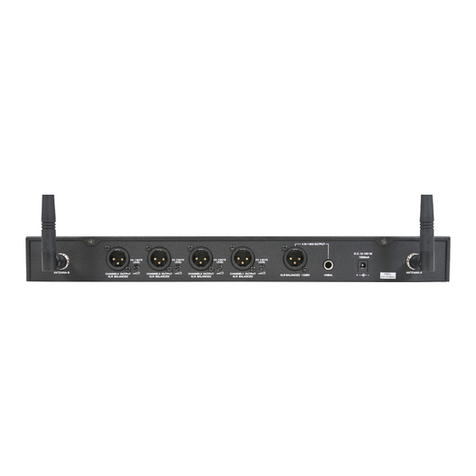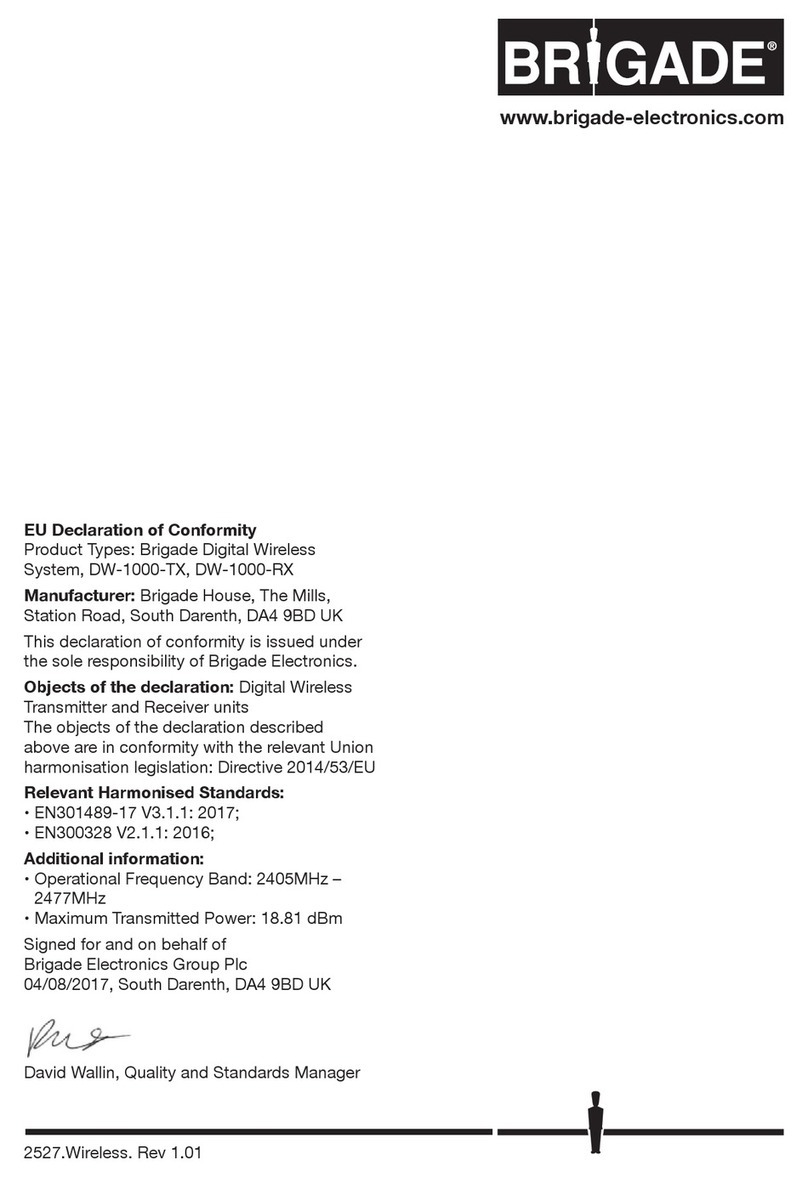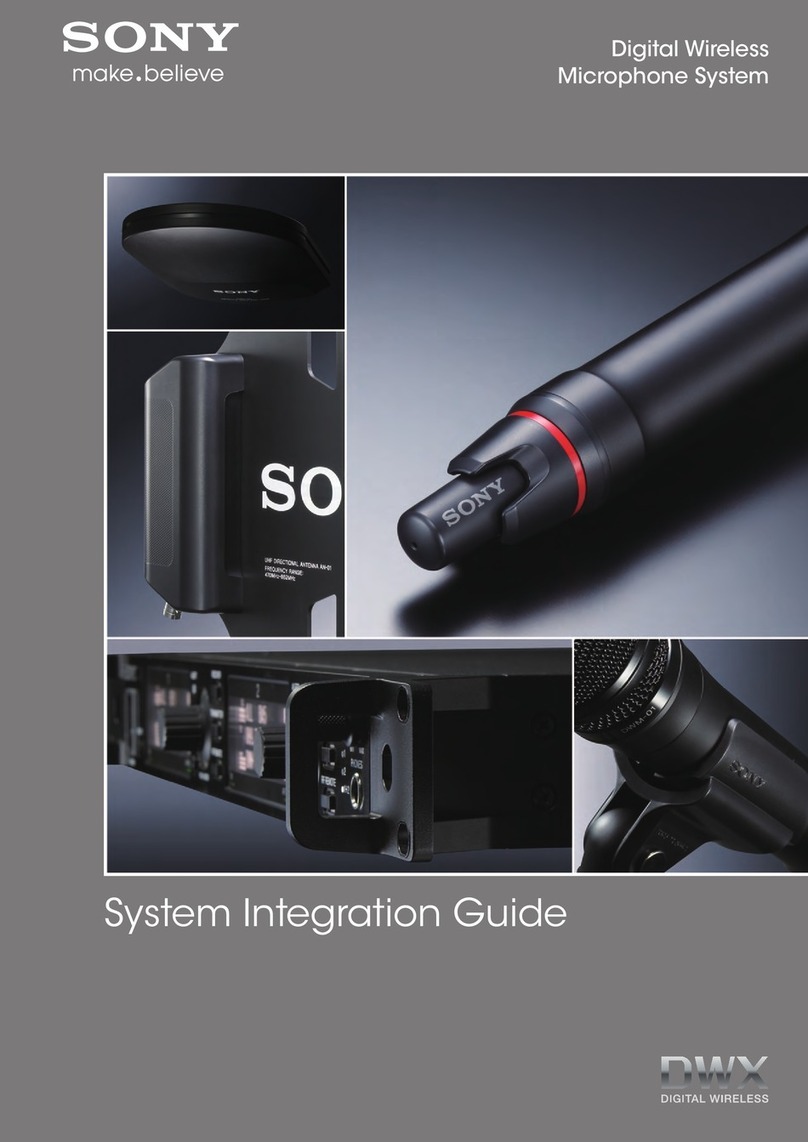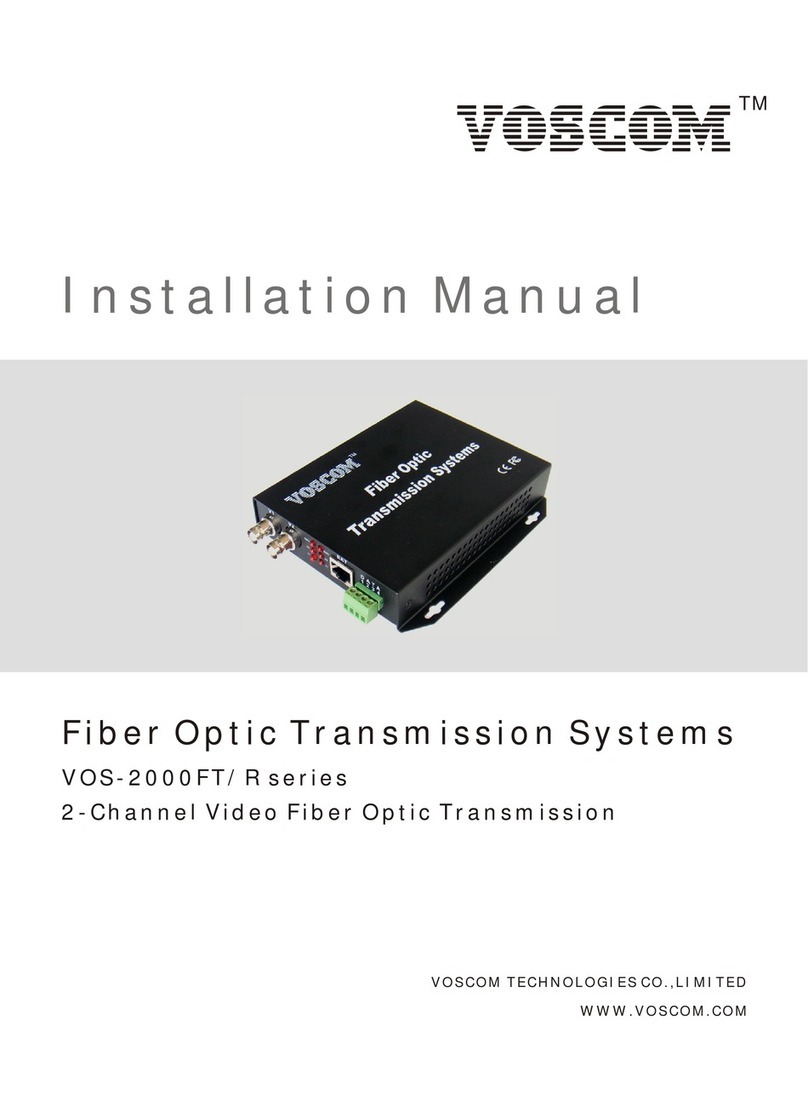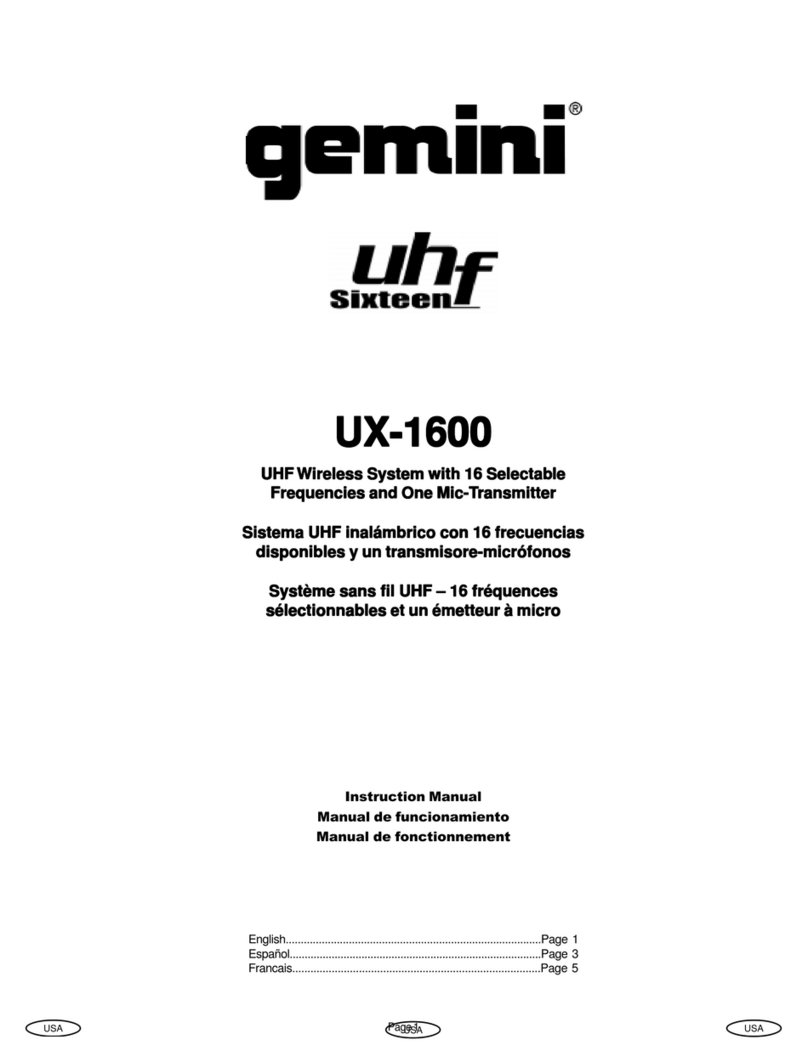Allison Transmission AT 500 Series User manual




















This manual suits for next models
18
Table of contents
Other Allison Transmission Microphone System manuals
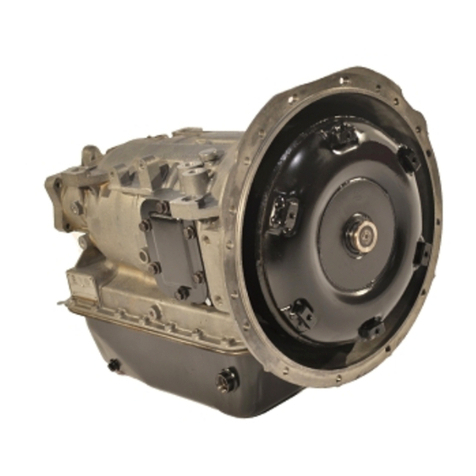
Allison Transmission
Allison Transmission AT 540 User manual
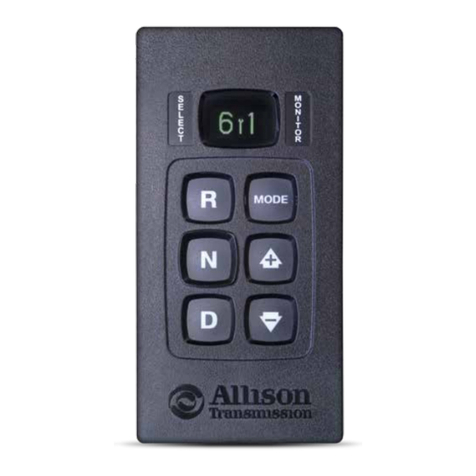
Allison Transmission
Allison Transmission shift selector User manual
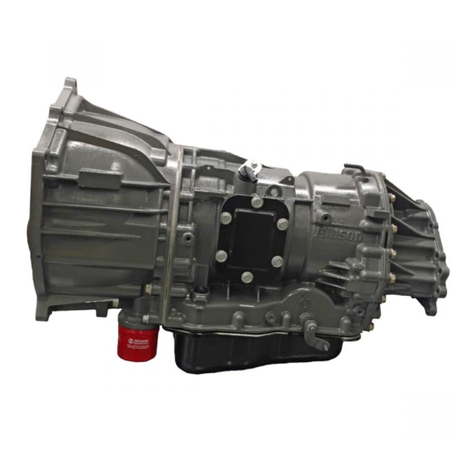
Allison Transmission
Allison Transmission 1000 Series User manual
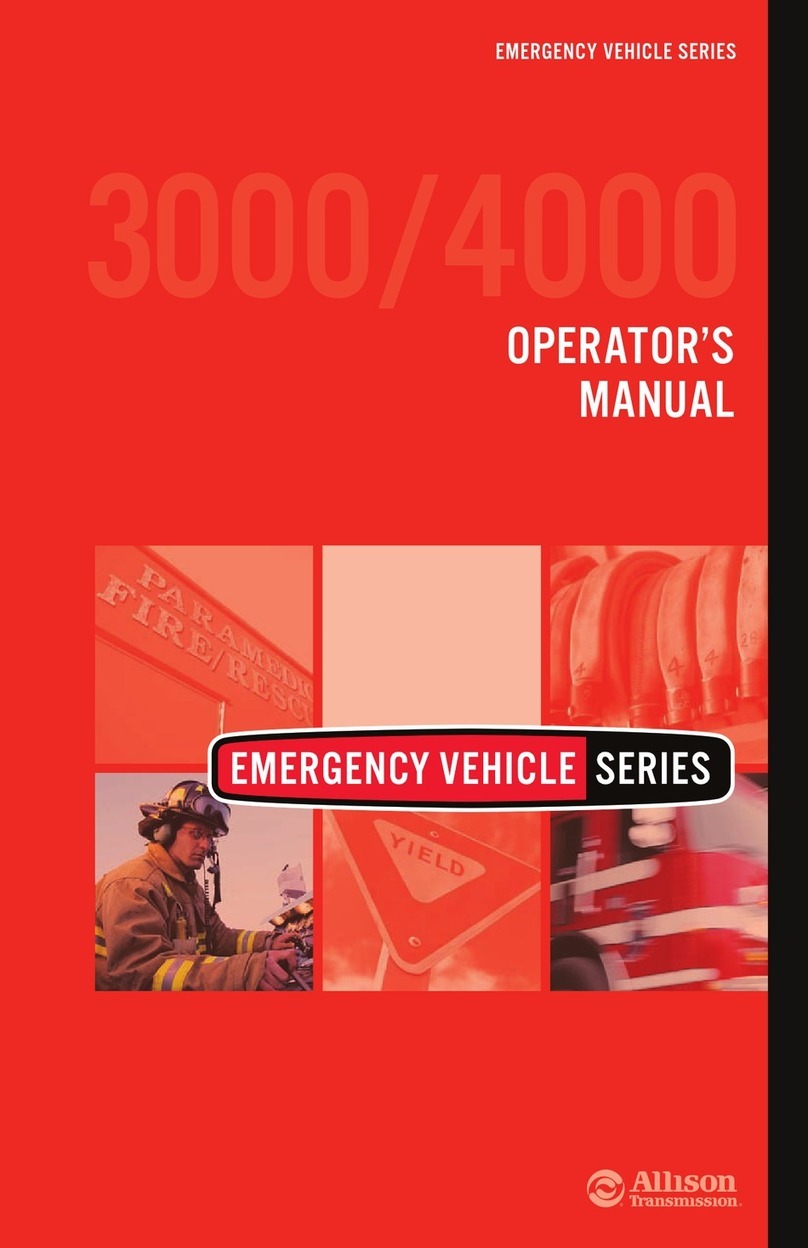
Allison Transmission
Allison Transmission Emergency Vehicle Series User manual
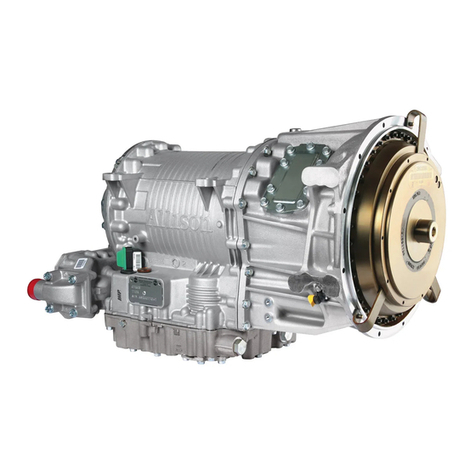
Allison Transmission
Allison Transmission AT Series User manual
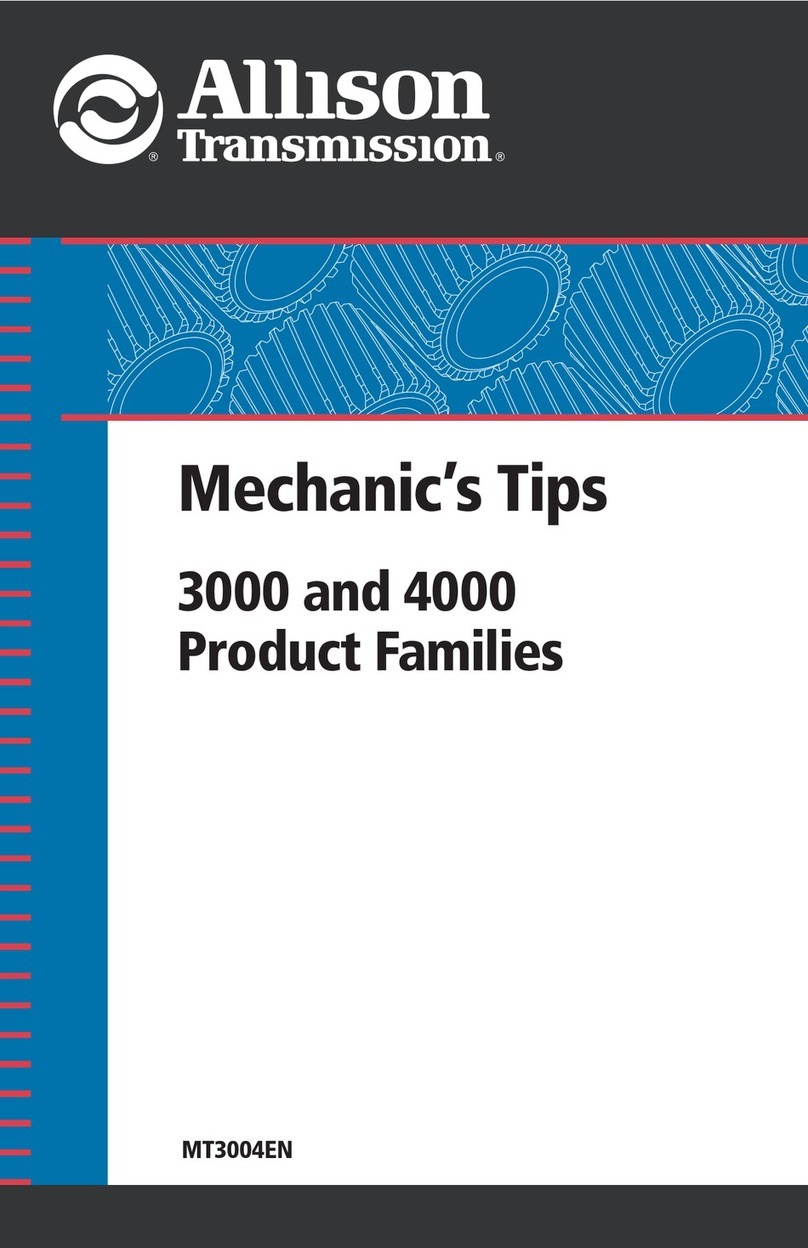
Allison Transmission
Allison Transmission 3000 Assembly instructions
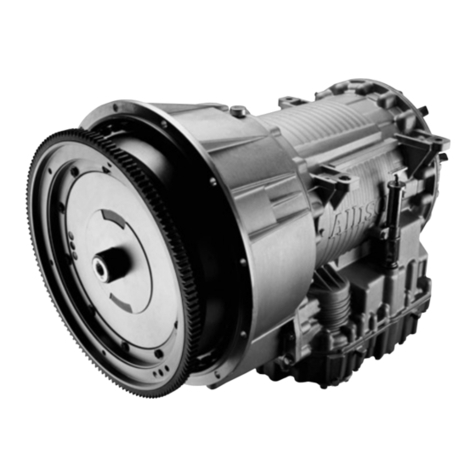
Allison Transmission
Allison Transmission 3000 MH Series User manual

Allison Transmission
Allison Transmission Motorhome Series User manual
Popular Microphone System manuals by other brands
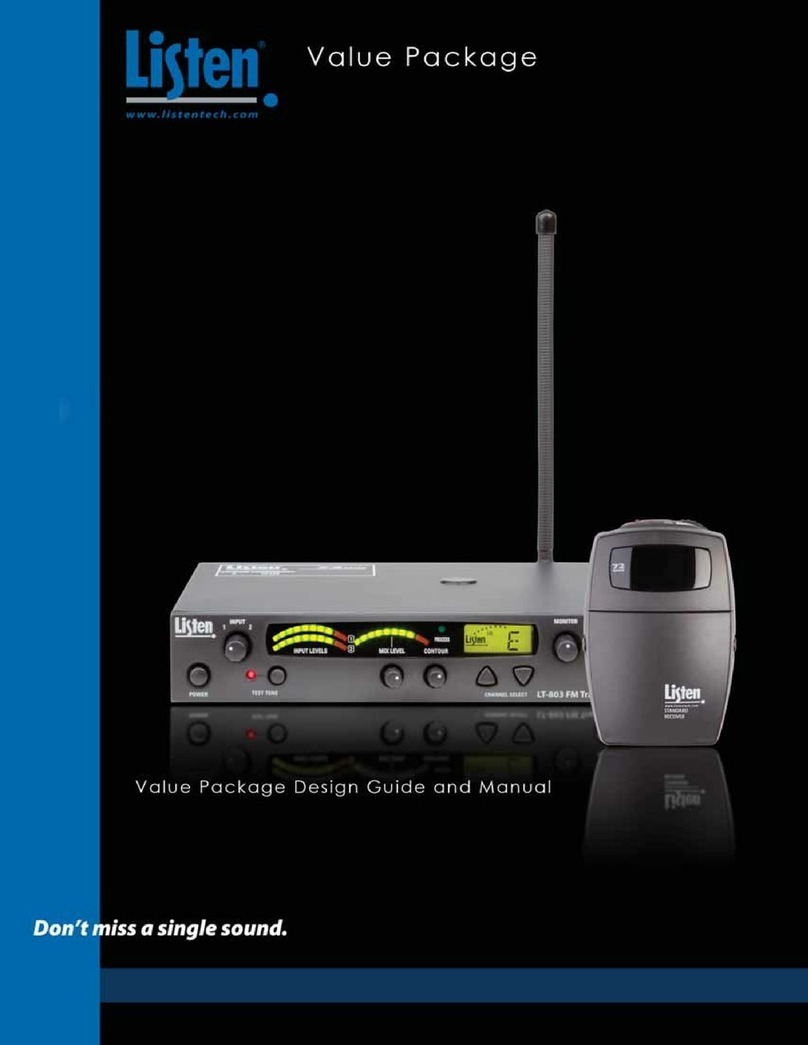
Listen Technologies
Listen Technologies LA-123 90 Design guide
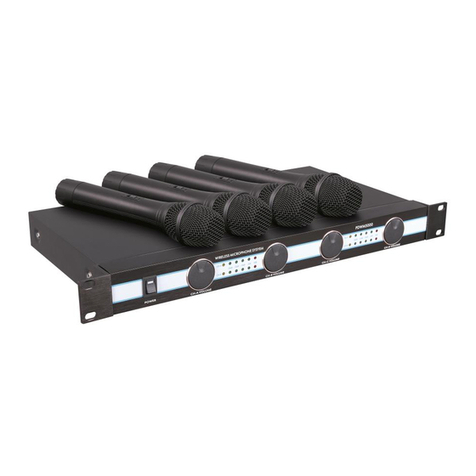
Pyle
Pyle PDWM5000 user manual
Vicon
Vicon VF-220 Series Installation & operation manual

Samson
Samson VHF Micro VHF Micro TRUE DIVERSITY WIRELESS owner's manual
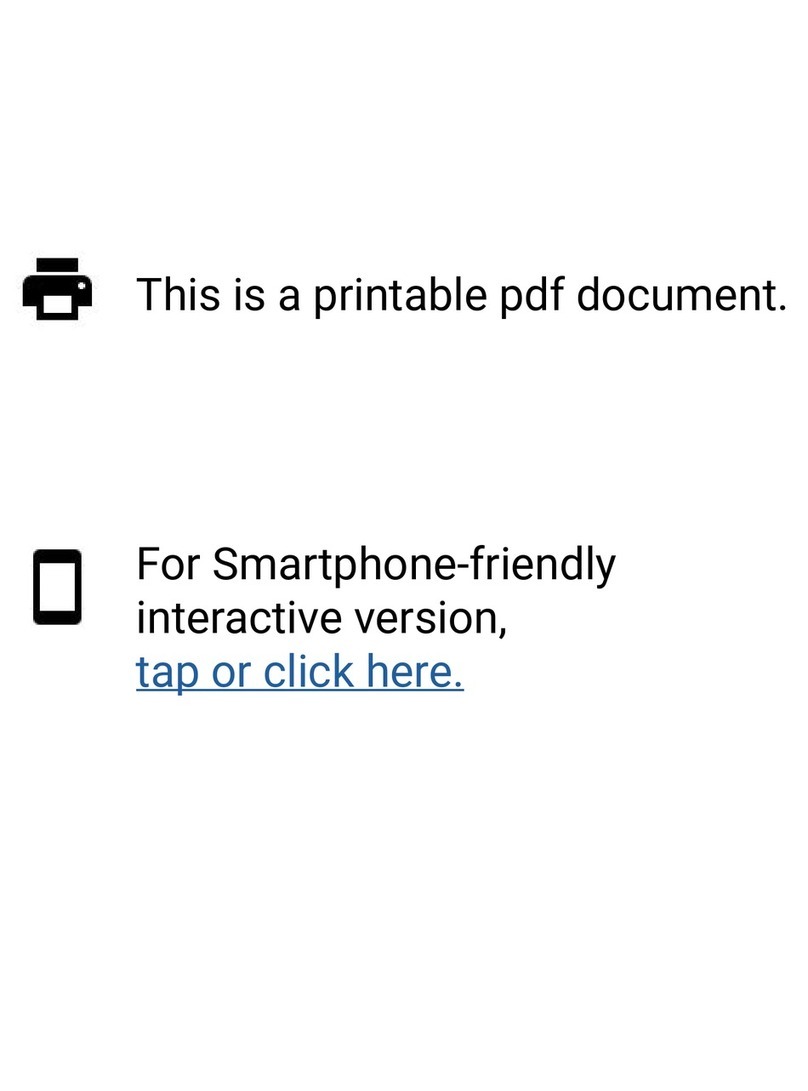
Schlage
Schlage NDE80 Installation instructions and user guide
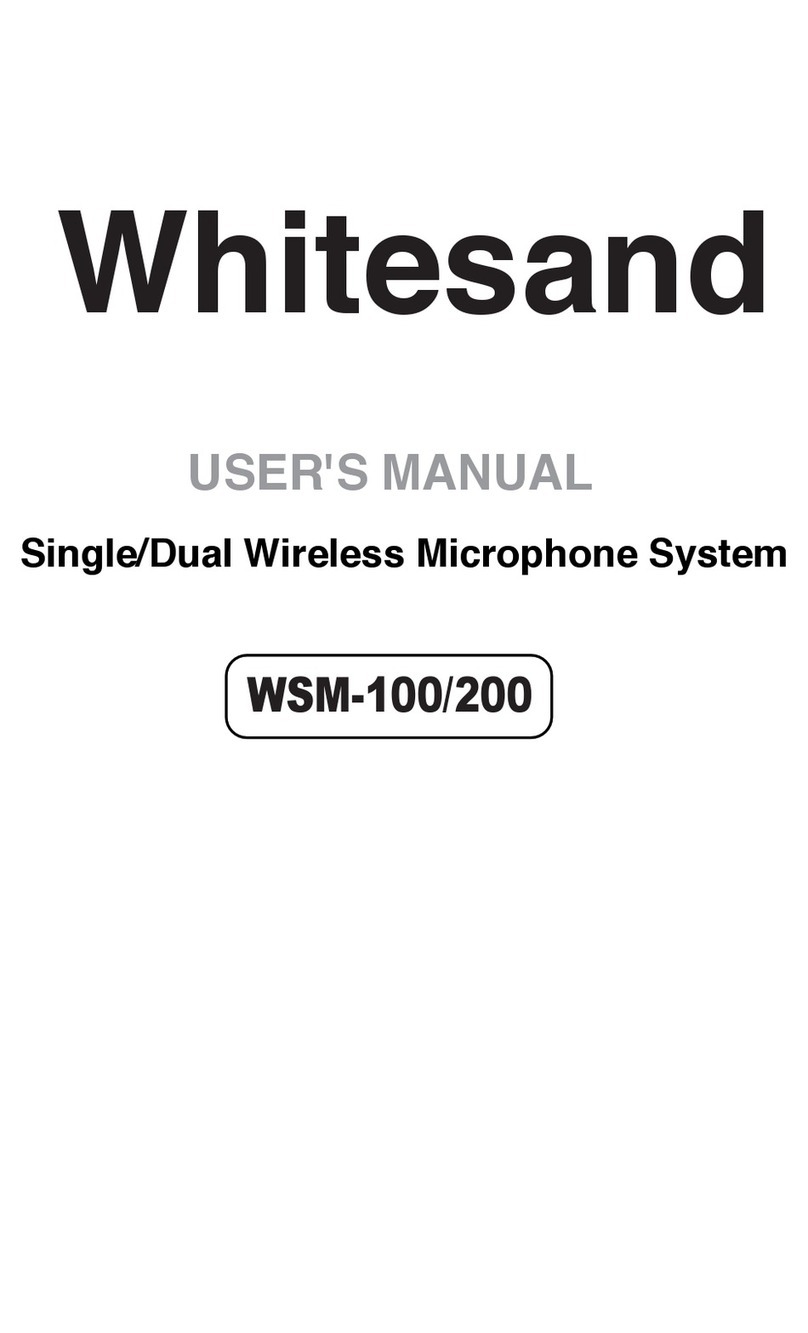
Whitesand
Whitesand WSM-100 user manual
